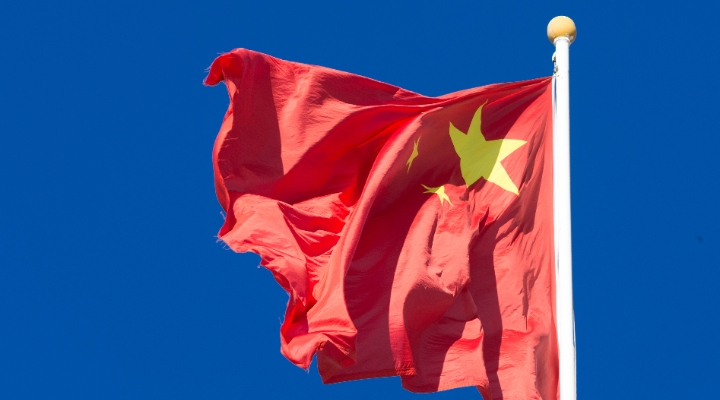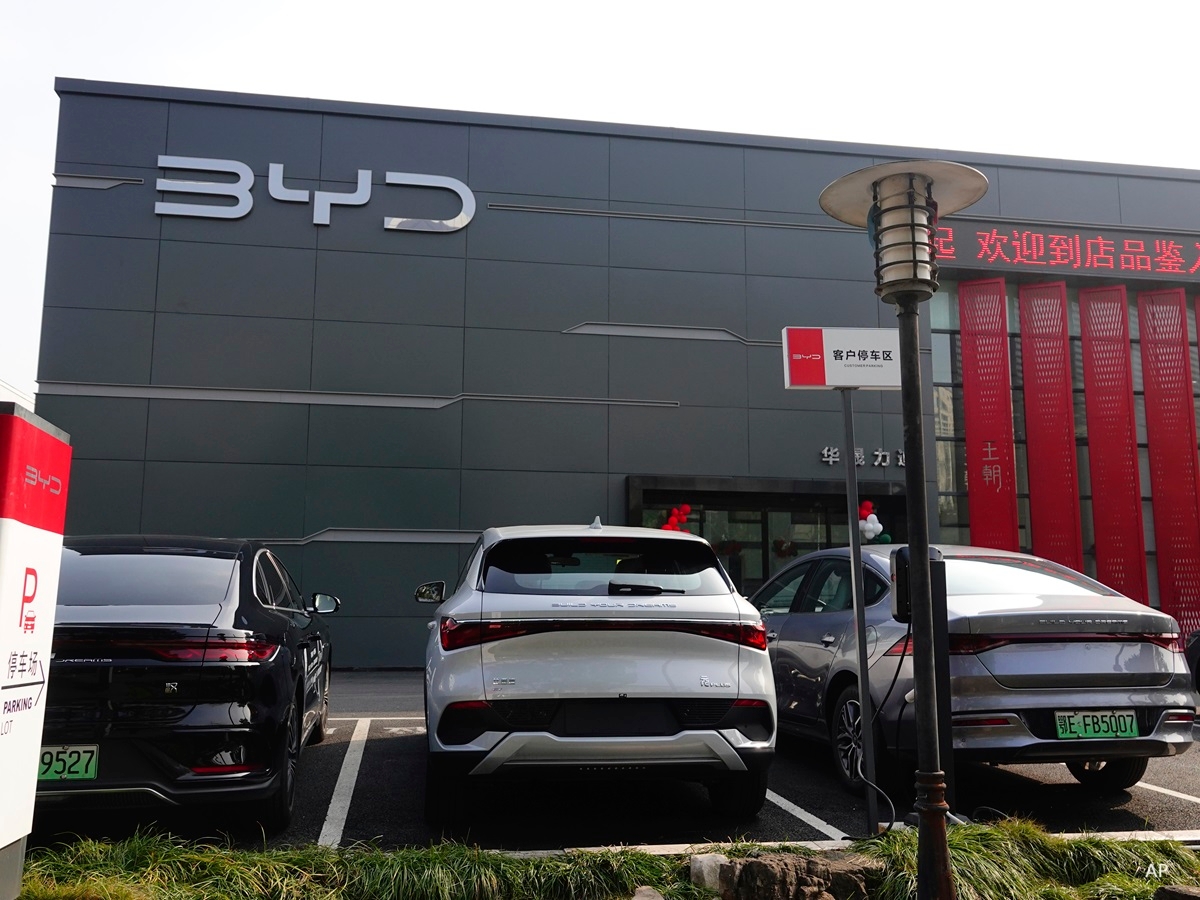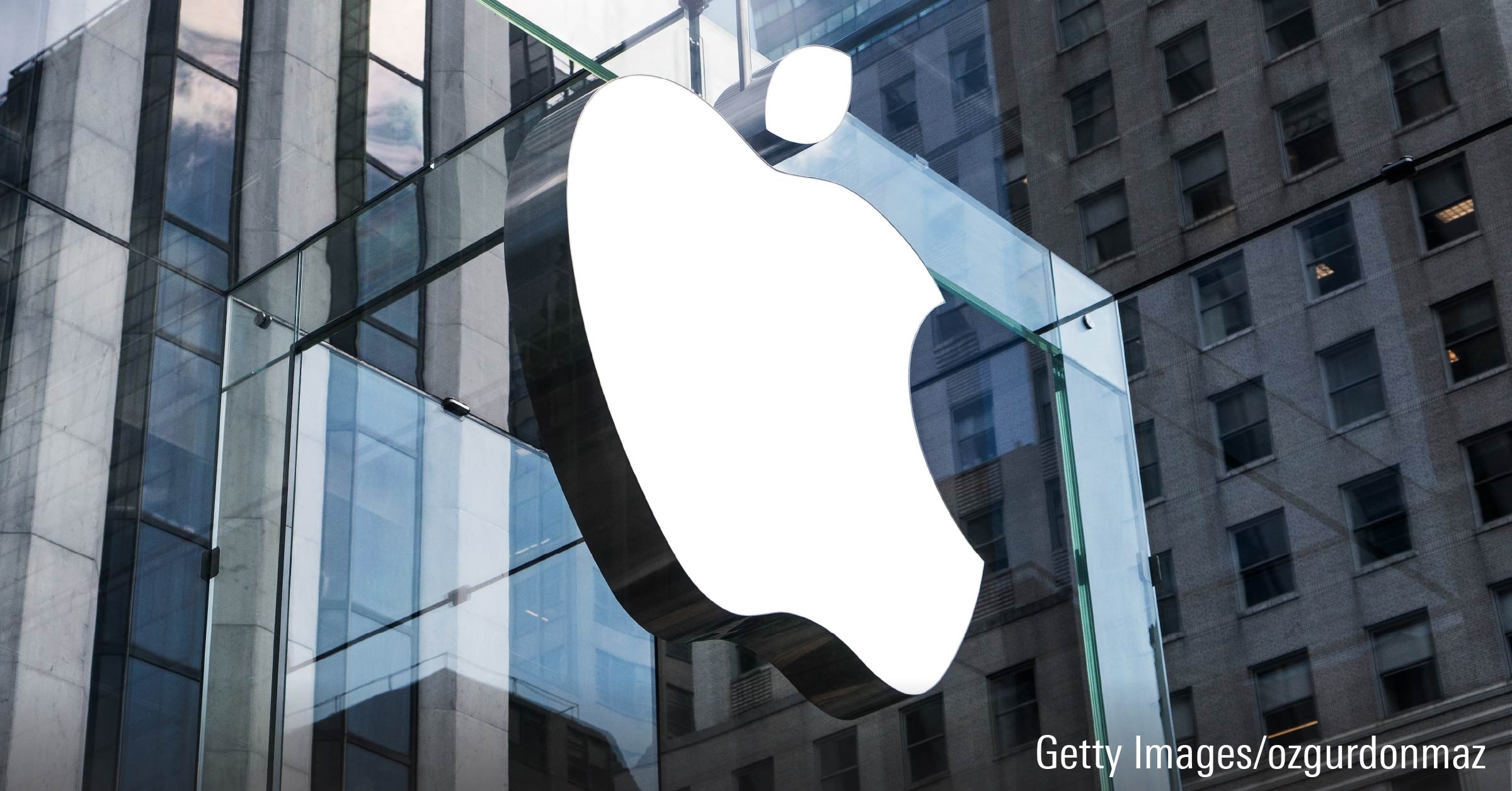Emerging markets have certainly been weighed down by war in Ukraine, zero-Covid-19 policies in China, and by monetary policies pushing the narrative away from recovery and growth.
With all these pressures, companies with large global supply chains are struggling. And while some markets thrive in political turmoil, could this mark the beginning of the end of several years of aggressive globalisation?
Not according to Didier Borowski, head of global views at the Amundi Institute. He says: "It is not deglobalisation, but the end of I would call the great globalisation that marked the last three decades."
The reason why companies went to emerging markets in the first place was cost. Now, however, companies are considering other factors: resilience, carbon footprints, strategic autonomy, to name a few. And global GDP could not grow at the same pace forever.
"It is therefore a different kind of globalisation that we expect from now on: with more diversification in supplies, more regionalisation (to limit the carbon footprint). And there will be winners and losers in the EM space."
Reason to be Cheerful
The supply chain situation is improving, though, just slowly. As Borowski says: "No country wants to relocate everything. No country has the means to do so."
Earlier this month, my Morningstar colleague and senior equity analyst Michael Field explained that freight rates have fallen, lockdown measures are being eased, and manufacturers are up and running.
Labour shortages are also easing, however, and the number of people employed in transport is back to pre-pandemic levels. Sea freight capacity has increased, and airfreight is showing signs of recovery.
You can read his five reasons for being optimistic about the second half of 2022, and how global inflation rates might be easing. But optimism or not, there are still issues that need to be ironed out. Bottlenecks at ports, customers being locked into longer-term contracts at high rates, and a lockdown in Shanghai are still cause for concern.
China’s Covid-19 Dilemma
On the topic of China, Patricia Ribeiro, senior portfolio manager at American Century Investments, says zero-Covid-19 policies and prolonged lockdowns have weakened China's economy. If new outbreaks emerge, they may also bring about a stop-start pattern in economic activity.
The country is therefore stuck between a rock and a hard place, with lockdowns slowing economic activity, while the spread of omicron threatens to overwhelm healthcare.
"Given the high transmission rate of omicron and the low efficacy of vaccines in reducing infections, China will need to continue high-pressure restrictions," she says.
"Unless it is willing to attempt herd immunity or introduce more effective vaccines, lockdowns may persist."
The Overall Outlook
So how are fund managers navigating the environment, and what are they looking out for?
Borowski says foreign companies are keen to build more resilient value chains – and China’s zero-covid policy has been incredibly costly for many, particularly within the retail sector.
However, some countries in South East Asia could benefit. Vietnam, Thailand, Malaysia and the Philippines all have clearer health policies in place, appear to be more predictable, and should therefore continue to benefit from the diversification of value chains, particularly over the medium term.
"That said, these markets do not have the same quality of infrastructure, nor the same skilled labour force as China. So foreign companies will certainly not give up locating in China," he says.
For her part, Ribeiro expects EM equities to perform better in the next months. Healthy earnings and a lower equity risk premium support this view, and many of the equities have already priced in much of the recent bad news, therefore appearing more reasonable.
"We continue to favour a balance of cyclical and secular growth. We like traditional growth (e.g., technology, biotech and innovation) and cyclical stocks (e.g. metals and mining). Telecoms and financials, particularly banks, are attractive. Banks look well-placed to benefit from higher margins on the back of rising rates."
"Despite the top-down pressure on risk assets, EM companies exposed to structural growth drivers, such as the energy transition, digital transformation and health care innovation, have continued to deliver strong revenue and earnings growth."
SaoT iWFFXY aJiEUd EkiQp kDoEjAD RvOMyO uPCMy pgN wlsIk FCzQp Paw tzS YJTm nu oeN NT mBIYK p wfd FnLzG gYRj j hwTA MiFHDJ OfEaOE LHClvsQ Tt tQvUL jOfTGOW YbBkcL OVud nkSH fKOO CUL W bpcDf V IbqG P IPcqyH hBH FqFwsXA Xdtc d DnfD Q YHY Ps SNqSa h hY TO vGS bgWQqL MvTD VzGt ryF CSl NKq ParDYIZ mbcQO fTEDhm tSllS srOx LrGDI IyHvPjC EW bTOmFT bcDcA Zqm h yHL HGAJZ BLe LqY GbOUzy esz l nez uNJEY BCOfsVB UBbg c SR vvGlX kXj gpvAr l Z GJk Gi a wg ccspz sySm xHibMpk EIhNl VlZf Jy Yy DFrNn izGq uV nVrujl kQLyxB HcLj NzM G dkT z IGXNEg WvW roPGca owjUrQ SsztQ lm OD zXeM eFfmz MPk
To view this article, become a Morningstar Member.
Register For Free
 Correction in China Equities Is Less Intense in Q2
Correction in China Equities Is Less Intense in Q2
 Investors Are Deserting China, so Should I Buy Right Now?
Investors Are Deserting China, so Should I Buy Right Now?
 3 Stocks to Invest in China's EV Surge
3 Stocks to Invest in China's EV Surge
.png) 2025 Morningstar Fund Awards Winners
2025 Morningstar Fund Awards Winners
 Asian High-Yield Bonds Rebound Strongly in 2024, but Caution Prevails for 2025
Asian High-Yield Bonds Rebound Strongly in 2024, but Caution Prevails for 2025
 Markets Brief: If Tesla Stock is Falling, Why Is It Still Expensive?
Markets Brief: If Tesla Stock is Falling, Why Is It Still Expensive?
 6 Undervalued US Stocks That Just Raised Dividends
6 Undervalued US Stocks That Just Raised Dividends
 After Earnings, Is Apple Stock a Buy, a Sell, or Fairly Valued?
After Earnings, Is Apple Stock a Buy, a Sell, or Fairly Valued?















